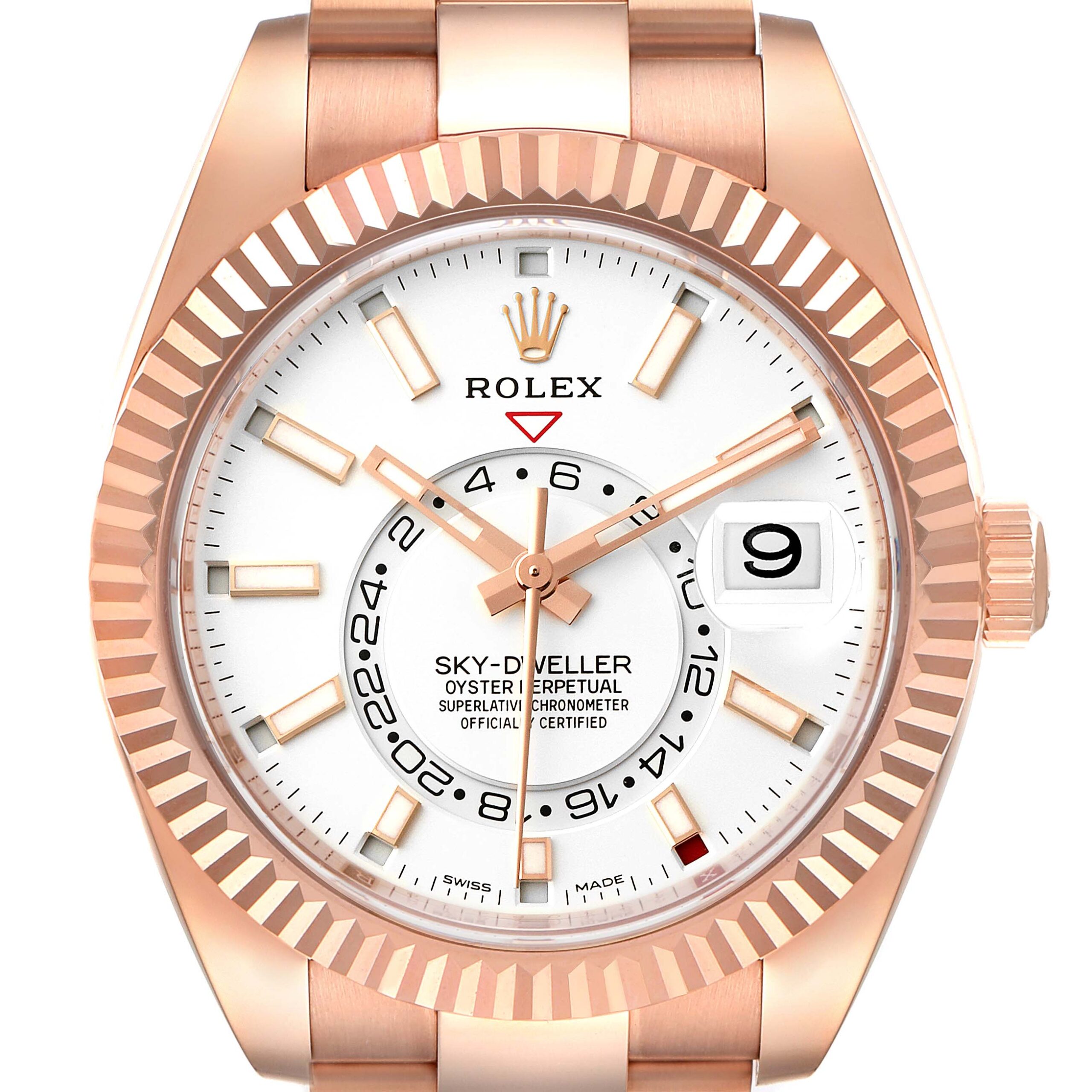Rolex’s movement revolution, which began in the early 2000s, became a defining chapter in the brand’s storied history. Its ambitious advancements weren’t just evident at major watch fairs like Baselworld; they were also subtly foreshadowed through numerous patent applications and innovations that gradually emerged in the market. These developments showcased fake Rolex’s dedication to refining both design and functionality, shifting the focus from pure aesthetic appeal to cutting-edge engineering.
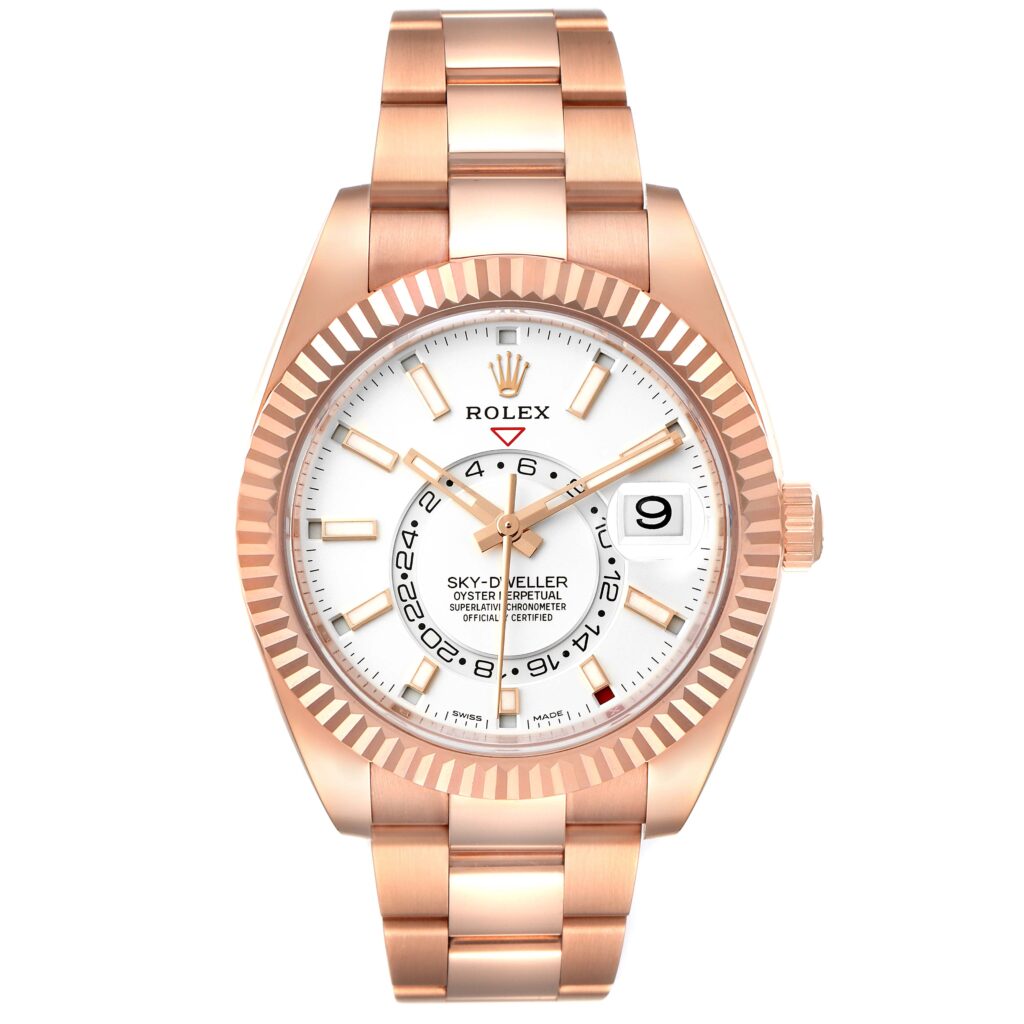
One of the key milestones in this journey was the introduction of the 2005 Cellini Prince, which marked a significant leap forward. The Cellini Prince was among the first to feature the Paraflex shock system, a critical innovation that underscored Rolex’s commitment to producing all movement components in-house. Achieving proprietary shock protection is a formidable challenge, requiring significant expertise and resources, and only a handful of watchmaking giants, such as the Swatch Group and Seiko Epson, have managed to develop such systems.
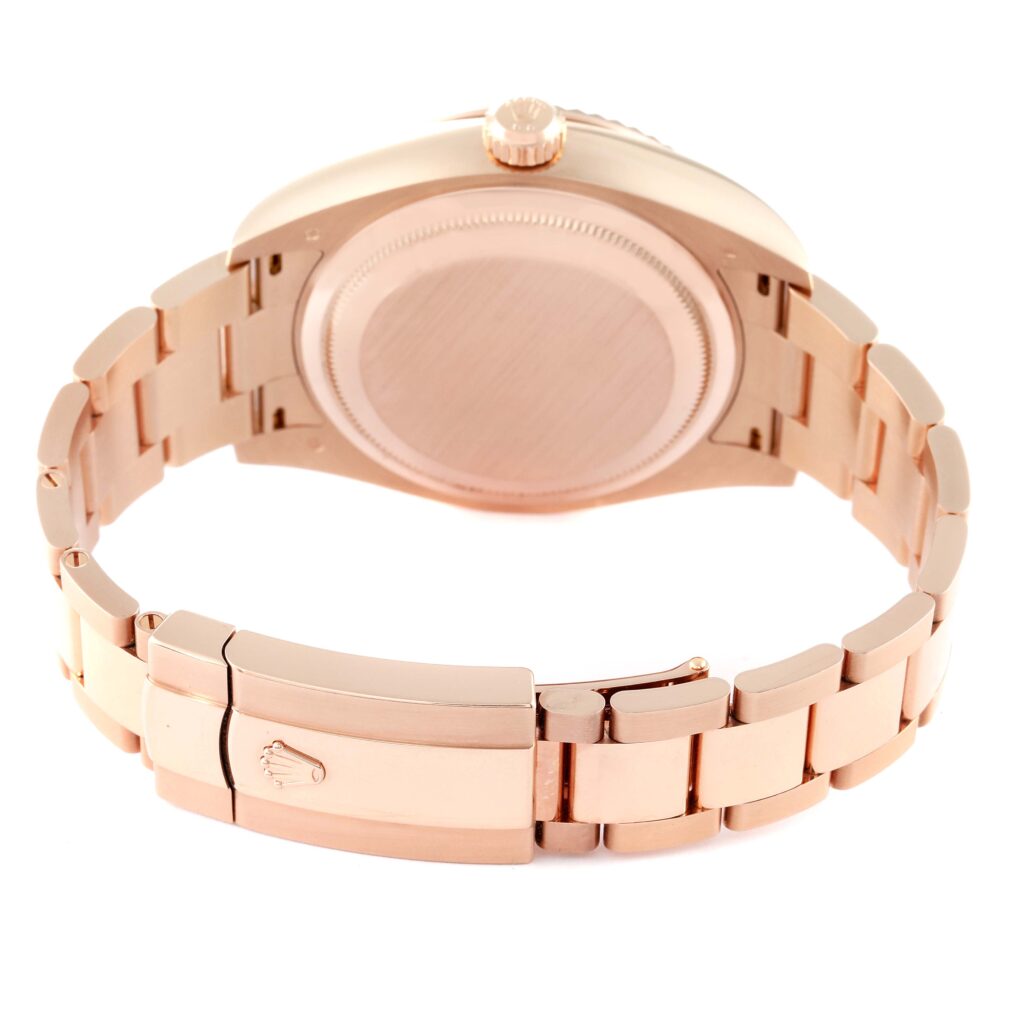
Meanwhile, Rolex was quietly reshaping the landscape of watchmaking with its patents. For example, in June 1998, replica Rolex filed for U.S. patent number 5881026, which described a self-compensating spring made from a paramagnetic Nb-Zr alloy – essentially laying the groundwork for the Parachrom alloy that would later revolutionize nonmagnetic hairsprings.
By March 2000, Rolex had filed another patent (U.S. patent 6329066) outlining a self-compensating spring with a blue oxide layer – a design that would soon lead to the introduction of the Parachrom Blue hairspring, a hallmark of Rolex’s precision and innovation.
Even further back, Rolex’s strategic thinking was already evident in a 1989 patent (U.S. patent number 4866684), which detailed a chronometer specifically for regattas. The filing hinted at the future development of a dedicated regatta chronograph, long before the first Yacht-Master was introduced in 1992.
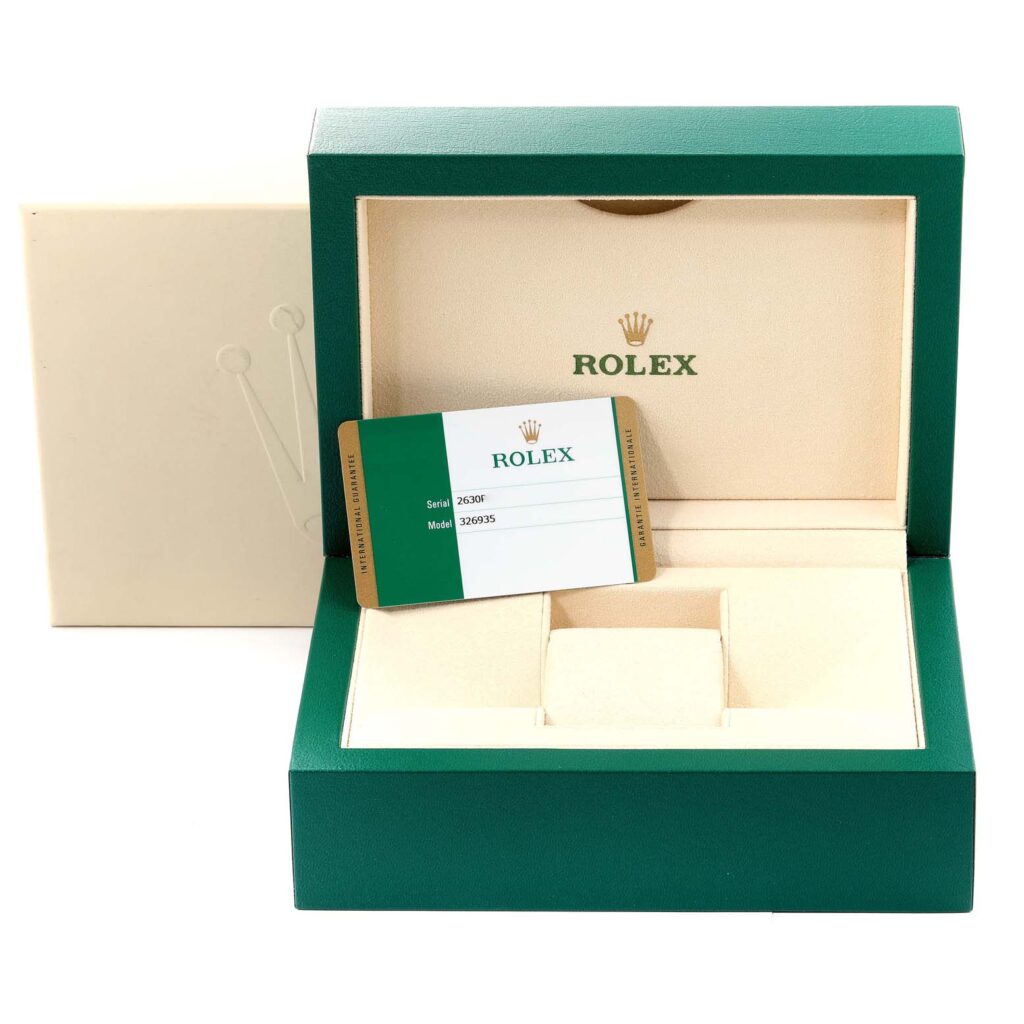
The culmination of this lengthy incubation process came at Baselworld 2007 with the release of the Yacht-Master II. Rolex’s most complex model at the time, the Caliber 4160, carried over many features from the Daytona’s Caliber 4130, including a 70-hour power reserve and robust architecture. However, it also introduced a groundbreaking programmable countdown system and a Ring Command bezel, a multifunctional interface that interacts directly with the movement.
The Rolex Yacht-Master II wasn’t just a showcase of mechanical complexity; it was a testament to Rolex’s cutting-edge manufacturing techniques. The company employed the LIGA profiling process, a form of micro-manufacturing that allowed for the creation of components with extreme precision. This advanced technique was essential for producing the finely tuned, high-tolerance parts that made the Yacht-Master II’s movement both complex and reliable.
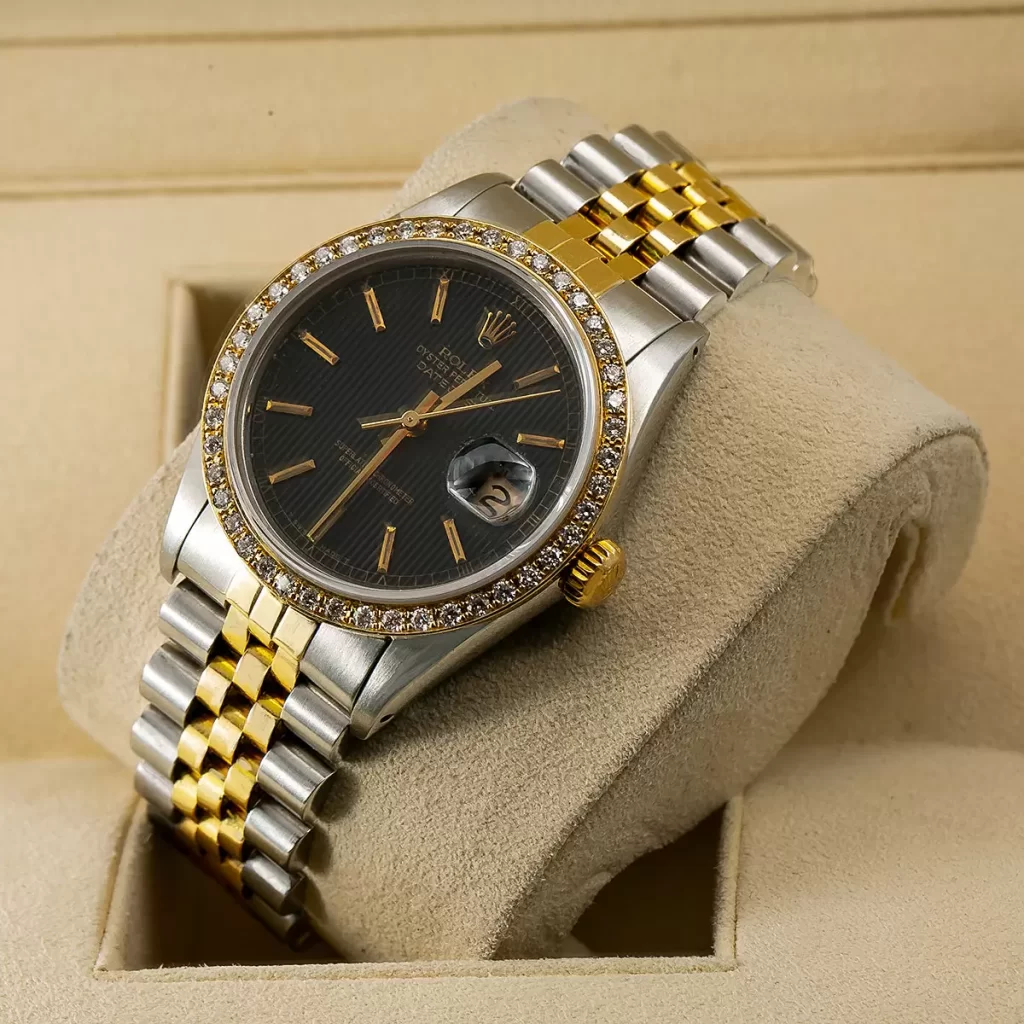
Despite its brilliance, the Caliber 4160 faced challenges, particularly regarding maintenance and robustness. The increased complexity of the movement made it more sensitive to handling, and issues with the reset function and flyback capabilities emerged. Rolex responded by revising the movement in 2013 with the Caliber 4161 – a more reliable and durable update that restored the Yacht-Master II to its full potential.
The next major leap came in 2012 with the launch of the Rolex Sky-Dweller, Rolex’s most ambitious project of the 21st century. The Sky-Dweller was not only an engineering marvel but also a rare example of Rolex’s willingness to innovate with a complex annual calendar and GMT functionality. The system behind the Sky-Dweller, described in patents dating back to 2003, employed a minimalist, wheel-based calendar system, and a Ring Command bezel that allowed users to effortlessly adjust multiple functions.
Released in 2012, the replica Rolex Sky-Dweller‘s Caliber 9001 was a technical powerhouse, featuring 380 individual components – more than any previous Rolex movement. The innovative annual calendar system, called Saros, allowed the watch to be set bidirectionally, ensuring ease of use and long-term reliability. The movement also incorporated a non-magnetic niobium-zirconium hairspring, a free-sprung balance, and a 70-hour power reserve.
The complexity of the Caliber 9001 can be put into perspective when compared to other haute horlogerie movements. For instance, the Audemars Piguet Royal Oak Offshore chronograph has 365 parts, while the Patek Philippe 5370P split-second chronograph houses 312 components – both impressive in their own right, but smaller in comparison to the Sky-Dweller’s caliber.
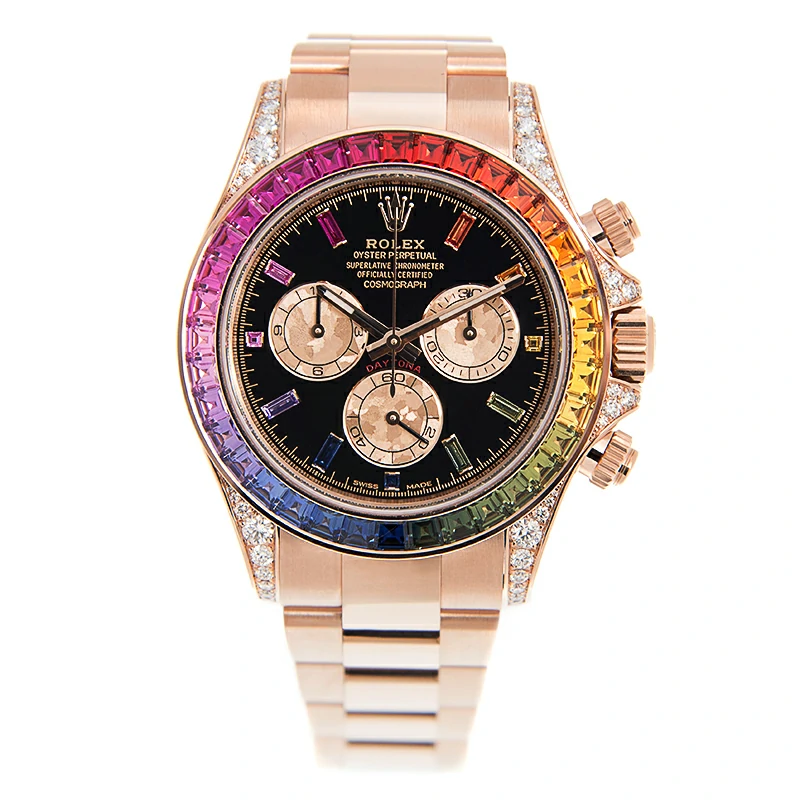
Rolex’s dedication to quality and precision continued with the 2017 introduction of a more accessible version of the Sky-Dweller in stainless steel, priced at a more modest $14,400. This model offered the same exceptional engineering at a fraction of the cost of the original precious-metal version.
Rolex has often remained somewhat elusive when it comes to emphasizing its movement technology. The brand’s marketing focuses heavily on the clone Rolex lifestyle, with celebrity endorsements and event sponsorships playing a significant role in its public image. This emphasis on branding, rather than engineering, has contributed to a certain underappreciation of Rolex’s movement achievements, even among seasoned collectors.
